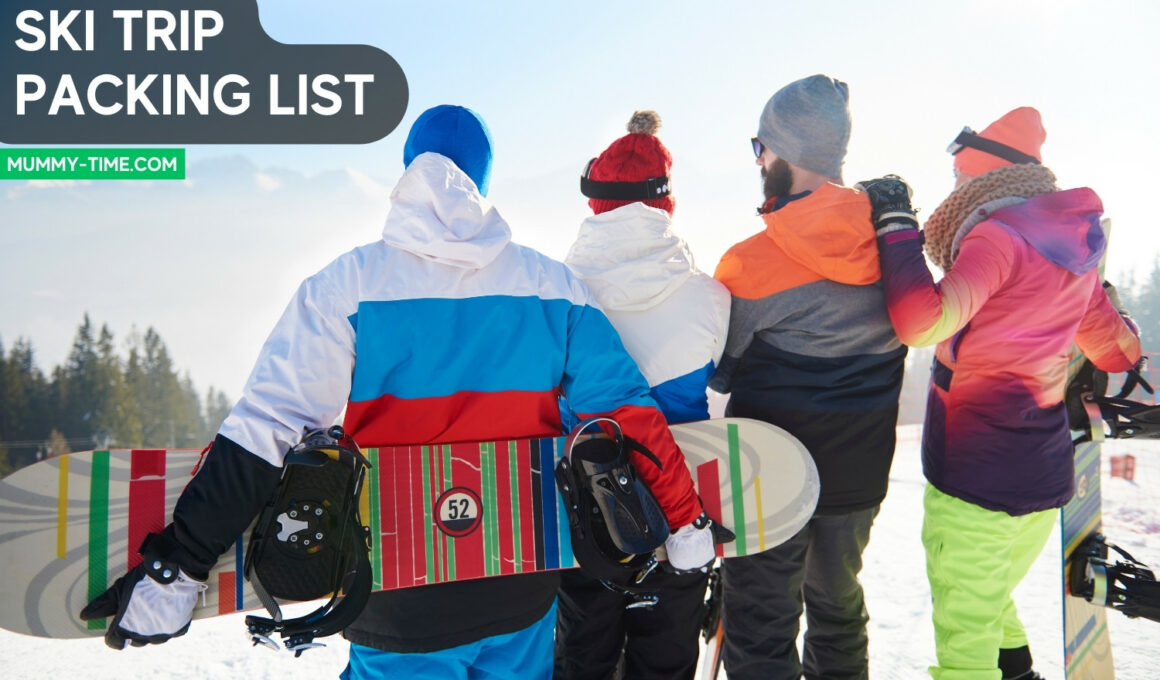In This Article Show
Embarking on a ski trip is an exhilarating experience, combining the thrill of winter sports with the beauty of snowy landscapes. As an avid traveler who relishes sharing her adventures, I understand the significance of being well-prepared.
This guide is designed to simplify your ski trip preparation, ensuring you pack everything essential for a memorable and enjoyable experience on the slopes.
The key to a successful ski adventure lies in the excitement of carving down the mountainsides and in meticulous planning – especially when it comes to packing.
Whether you’re a seasoned skier or setting foot on the slopes for the first time, having a comprehensive packing list is crucial. It’s not just about throwing in a pair of skis and some warm clothes; it’s about thoughtful preparation to enhance your ski experience.
This guide will walk through a detailed packing list tailored for your ski trip. From essential gear to personal items, we’ll cover all the bases to ensure you’re well-equipped for every turn and trail. This isn’t just a list; it’s your companion for a hassle-free and delightful ski journey.
Essential Ski Gear
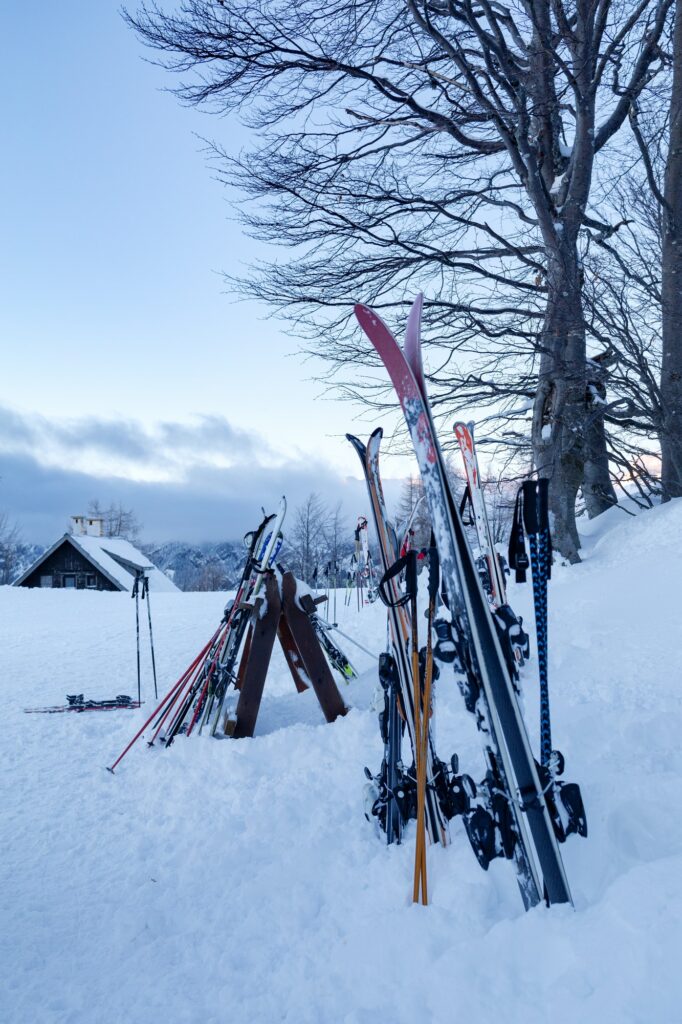
When it comes to skiing, the right gear is not just about enhancing performance, but it’s also crucial for your safety and comfort. Let’s break down the essential ski gear you’ll need for your trip.
Great deals to snatch for your little ones 🎉
1. Skis, Ski Boots, and Poles
Selecting the perfect skis, boots, and poles is pivotal for your skiing experience. Skis should match your skill level and the type of skiing you plan to do, whether downhill, freestyle, or cross-country.
Ski boots must be comfortable yet snug, providing the right balance between support and flexibility. And let’s not forget the poles – they should be the correct length to aid your balance and maneuvering on the slopes.
2. Helmets and Goggles
Helmets are non-negotiable. They are essential for protecting your head from injuries. Ensure your helmet fits well and is specifically designed for skiing. Pair it with high-quality goggles, which are just as important. Goggles protect your eyes from the glare of the snow and improve visibility in various light conditions. Look for ones that offer UV protection and anti-fog features.
3. Gloves and Mittens: Keeping Hands Warm and Dry
Your hands are one of the first body parts to feel the chill, so investing in good-quality gloves or mittens is vital. Gloves offer more dexterity, which is handy for adjusting equipment, while mittens tend to be warmer. Whichever you choose, ensure they are waterproof, insulated, and breathable. A good grip and some extra padding can also enhance comfort and protection.
Appropriate Ski Clothing
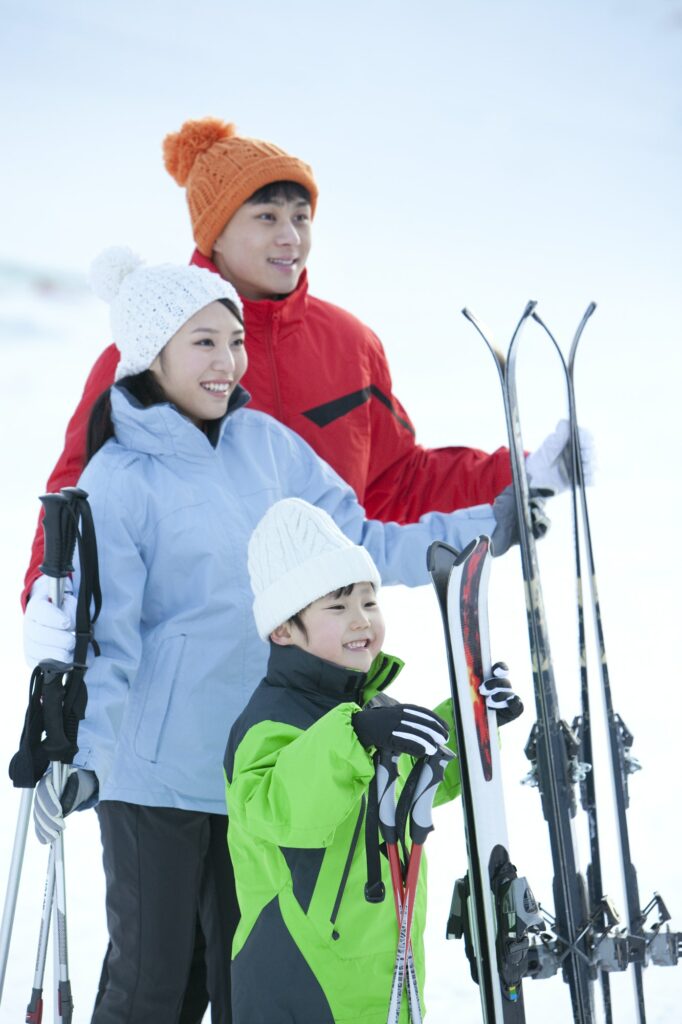
Dressing appropriately for skiing is about more than just staying warm; it’s about layering smartly to handle various weather conditions and maintain comfort throughout your ski day. Let’s delve into the layers that make up proper ski attire.
4. Base Layers
The base layer is your first line of defense against the cold and a crucial element in staying dry and warm. Opt for materials that wick moisture away from your body. Synthetic fabrics or merino wool are excellent choices, as they keep you dry by moving sweat away from your skin.
Avoid cotton, as it tends to hold moisture, which can lead to feeling cold and damp. Look for snug-fitting base layers, as they function more effectively in moisture management.
5. Insulating Layers
The insulating layer’s primary role is to retain body heat. This layer varies depending on the weather and your body’s temperature regulation. Fleece, down, or synthetic insulated jackets and pants are popular choices.
These materials trap warm air close to your body, keeping you cozy in cold conditions. The beauty of the insulating layer is its versatility; you can add or remove it as needed based on the weather and your activity level.
6. Outer Layers
The outer layer protects you from snow, wind, and rain. Look for jackets and pants that are both waterproof and breathable. This combination allows sweat to escape while keeping moisture out, ensuring you stay dry from both internal and external sources.
Features like sealed seams, adjustable cuffs, and snow skirts in jackets enhance this protection. Additionally, consider the fit – it should be loose enough to accommodate the layers beneath but not too baggy that it hinders your movement.
Additional Accessories
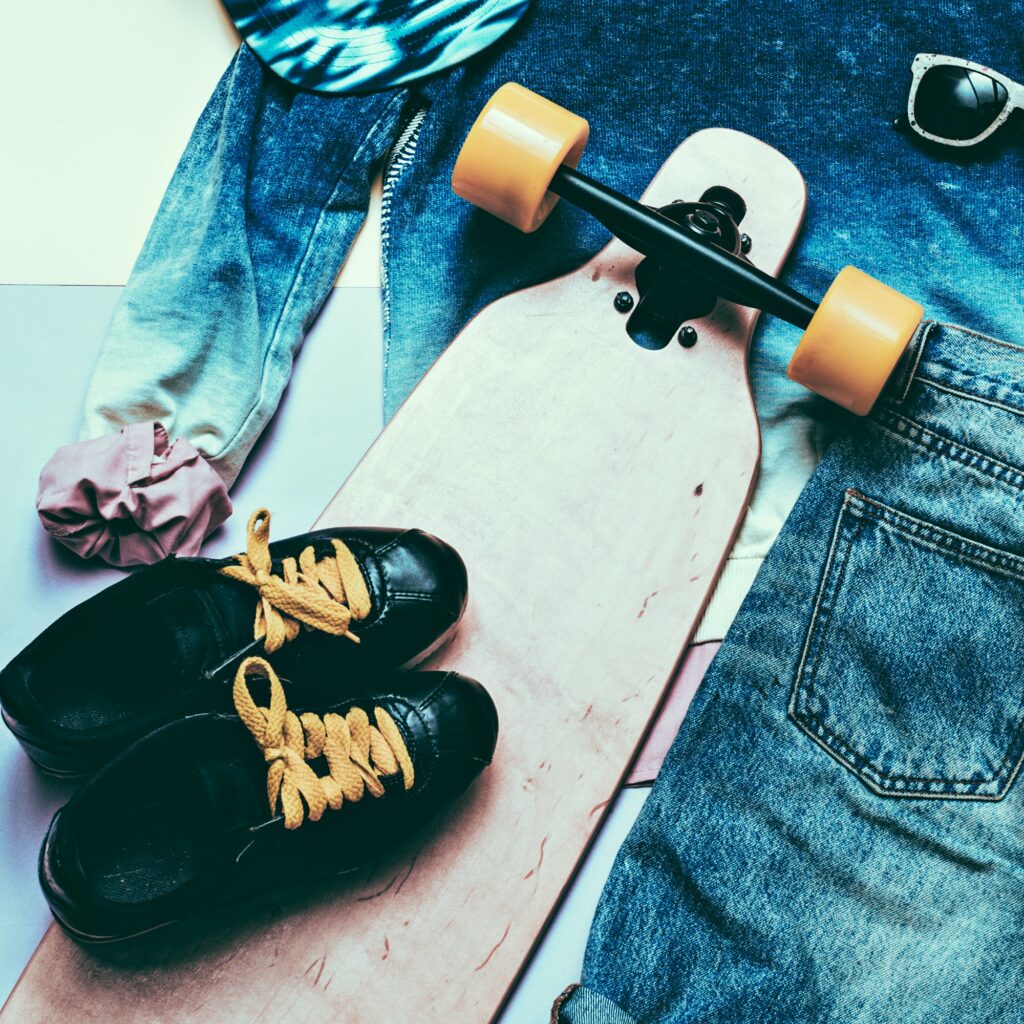
While the primary ski gear and clothing are essential, the additional accessories often make a significant difference in your overall comfort and skiing experience. These accessories provide extra warmth, protection, and comfort, ensuring you enjoy every moment on the slopes.
7. Ski Socks
Ski socks are vital in keeping your feet warm and comfortable in your ski boots. They should be specifically designed for skiing, offering cushioning in key areas like the shin and footbed. Look for socks made from merino wool or a blend of synthetic materials, as these fabrics provide excellent moisture-wicking and thermal properties.
Avoid overly thick socks, which can restrict circulation and make your feet colder. Instead, opt for a medium thickness that provides warmth without compromising the fit of your ski boots.
8. Neck Gaiters and Face Masks
Exposure to cold air and wind can be harsh on your face and neck. Neck gaiters and face masks provide an extra layer of warmth and protection. They’re instrumental on colder days or when skiing at high speeds.
Look for breathable materials to avoid moisture buildup, which can lead to a cold and damp feeling. Many neck gaiters and masks are designed to be versatile, offering various ways to wear them for optimal comfort and protection.
9. Hand and Foot Warmers
Hand and foot warmers can be lifesavers for those extra cold days or if you’re prone to cold extremities. These small, portable heat sources can be placed inside your gloves and boots, providing steady warmth for several hours. They’re great for keeping your fingers and toes comfortable, allowing you to focus on your skiing rather than the cold.
Be sure to check the packaging for how long they last and the level of heat they provide. It’s always a good idea to keep a few extra in your pockets for when you need a quick warm-up.
Tech Gadgets and Equipment
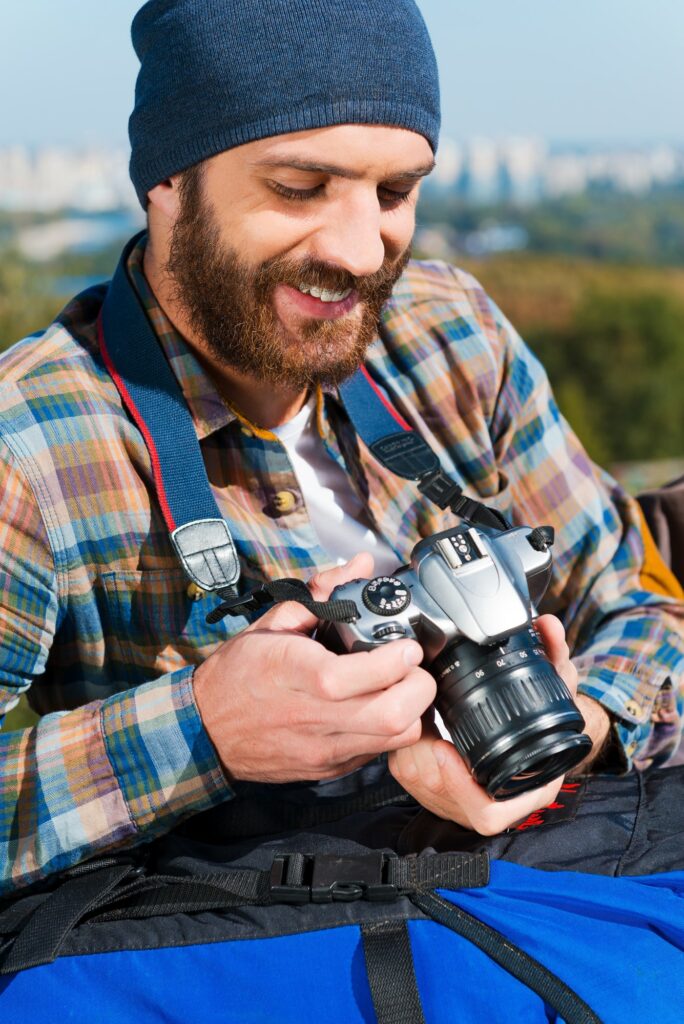
In today’s digital age, tech gadgets and equipment have become integral parts of the skiing experience. They enhance safety and navigation and allow you to capture and share your thrilling moments on the slopes. Here are some key tech items to consider for your ski trip.
10. Action Cameras
Action cameras are a fantastic way to record your ski adventures. These compact, durable cameras can be mounted on helmets, chest harnesses, or poles to capture high-quality videos and photos. When choosing an action camera, consider factors like image stabilization, battery life, and water resistance.
Some models also offer features like slow-motion recording and voice control, adding fun and convenience to your video capture experience. Remember to bring extra batteries and memory cards to avoid missing a moment.
11. GPS and Navigation Tools
GPS devices and navigation tools are essential for safety, especially when skiing in unfamiliar territory or backcountry areas. They help you track your location and plan your routes, and they can be invaluable in case of emergencies.
Some GPS watches also come with added features like altitude and barometric pressure sensors, which can be useful for mountain environments.
Additionally, consider downloading ski resort maps on your smartphone or GPS device to navigate the resort’s trails easily.
12. Ski Pass and Resort Apps
Most ski resorts now offer apps that can enhance your skiing experience. These apps often include interactive trail maps, real-time weather updates, and lift line wait times information. You can also store your ski pass digitally on some of these apps, making it more convenient to access lifts.
Other functionalities might include tracking your ski runs, speed, and distance covered. Before your trip, download the app of the ski resort you’re visiting to access all the useful features and information at your fingertips.
Personal Items and Toiletries
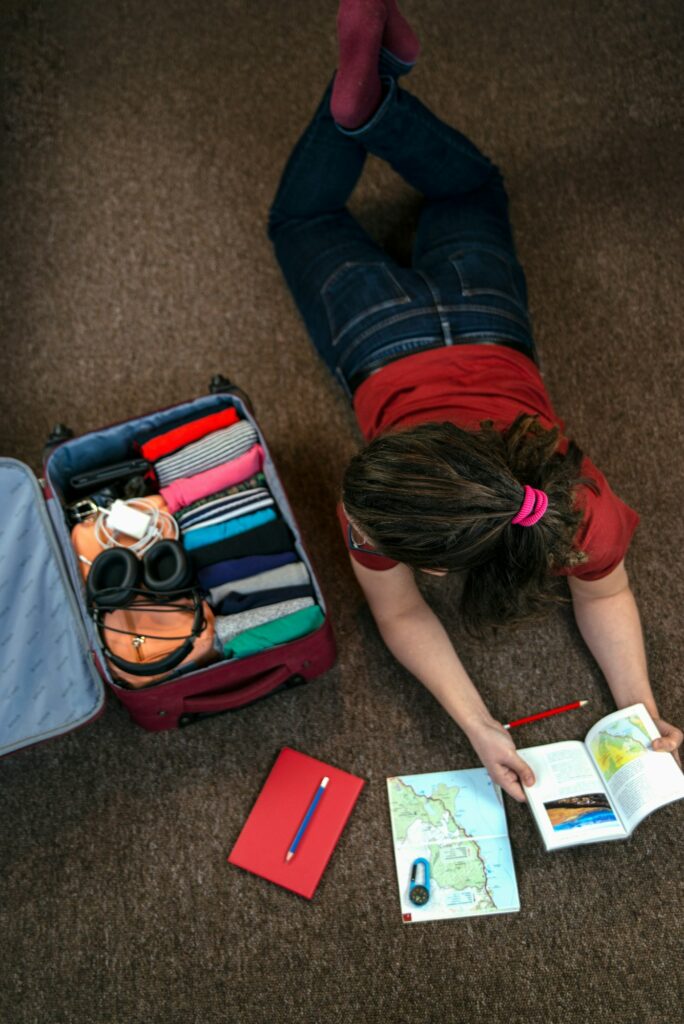
While focusing on the excitement of skiing, it’s easy to overlook the importance of personal items and toiletries. However, these essentials are crucial in protecting you from the elements and ensuring your well-being during the ski trip. Let’s explore the must-have personal items and toiletries for your adventure.
13. Sunscreen and Lip Balm
Even on cloudy days, UV rays can be strong in the mountains, especially with the snow reflecting the sunlight. A high-SPF sunscreen is essential to protect your skin from sunburn. Look for a broad-spectrum sunscreen that guards against both UVA and UVB rays.
Reapply it every two hours, and more frequently if you are sweating a lot. Equally important is a good lip balm with SPF protection. The cold, dry air can quickly chap your lips, so regular application of lip balm will keep them moisturized and protected.
14. Skincare Products
The harsh winter conditions at ski resorts can take a toll on your skin, leading to dryness and irritation. Carry a high-quality, intensive moisturizer for your face and body to apply after your day on the slopes.
Products containing hydrating ingredients like hyaluronic acid, glycerin, or ceramides can be particularly beneficial. For those with sensitive skin, look for fragrance-free and hypoallergenic options to avoid any skin reactions.
15. First Aid Kit
Having a basic first aid kit on hand is always wise when engaging in any outdoor activity. Your kit should include items like band-aids, antiseptic wipes, blister plasters, and a small roll of medical tape. Also, consider including pain relievers, such as ibuprofen or acetaminophen, for unexpected aches or pains.
If you have any specific medications or medical needs, ensure these are also included. While major injuries will require professional medical attention, a first aid kit can be invaluable for addressing minor cuts, scrapes, or blisters.
Tips for Packing Efficiently
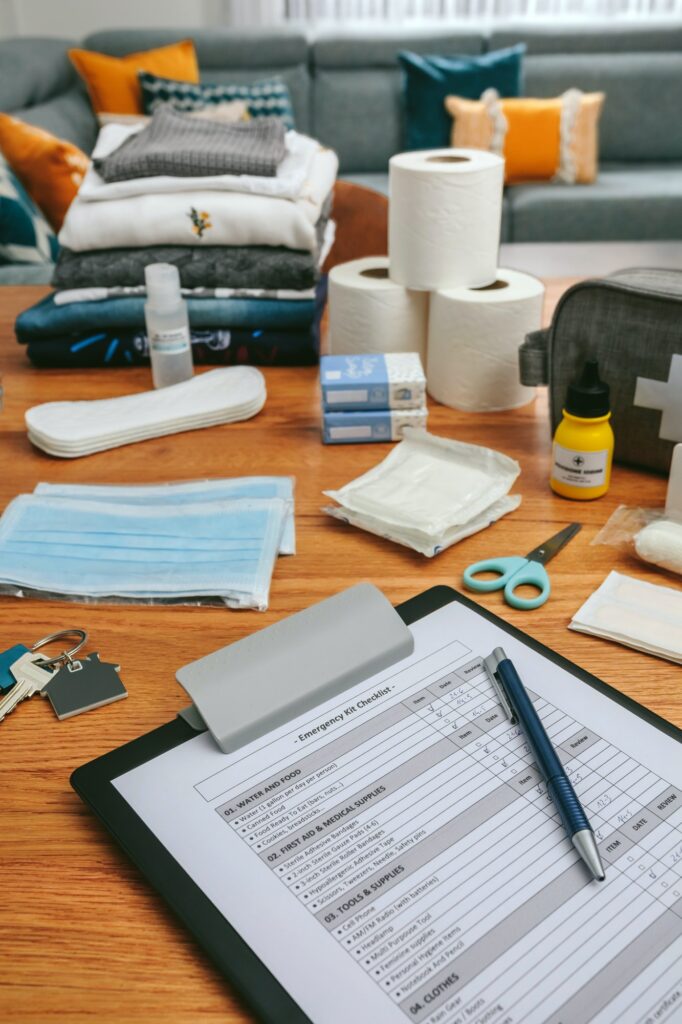
Packing for a ski trip can be a challenge, especially with the bulky gear and layers of clothing involved. Efficient packing makes your travel easier and ensures you have everything you need for a comfortable and enjoyable ski experience. Here are some tips to pack smartly for your next ski adventure.
1. Choosing the Right Bag
The right bag can make all the difference. For your ski equipment, invest in a quality ski bag that can comfortably accommodate your skis, poles, and boots, depending on the size. Look for bags with padding for extra protection and wheels for easier transportation.
A spacious duffel bag or a large suitcase with various compartments is ideal for your clothing and other gear. If you’re flying, be mindful of airline baggage policies regarding size and weight to avoid any surprises at the airport.
2. Packing Techniques
Efficient packing is all about maximizing space and staying organized. Roll your clothes instead of folding them; this saves space and reduces wrinkles. Utilize packing cubes to organize your items by category – for example, one for base layers, another for mid-layers, and so on.
This makes it easier to find what you need without rummaging through your entire bag. If ski boots are not in your ski bag, consider using them as extra storage space by filling them with small items like socks, gloves, or beanies.
3. Checklist
Create a packing checklist. This is your fail-safe to ensure that nothing important is left behind. Start with the essentials like ski gear and clothing, and then move on to accessories, personal items, and toiletries.
Don’t forget tech items like cameras, chargers, and any ski resort apps or documents you may need. Review and update your checklist as you pack. Having a visual reminder of what needs to be packed can help streamline the process and provide peace of mind that you’re fully prepared for your trip.
Remember, efficient packing aims not just to fit everything into your bags, but also to make your travel and skiing experience more enjoyable and hassle-free. With these tips, you’re well on your way to becoming a savvy ski trip packer.






